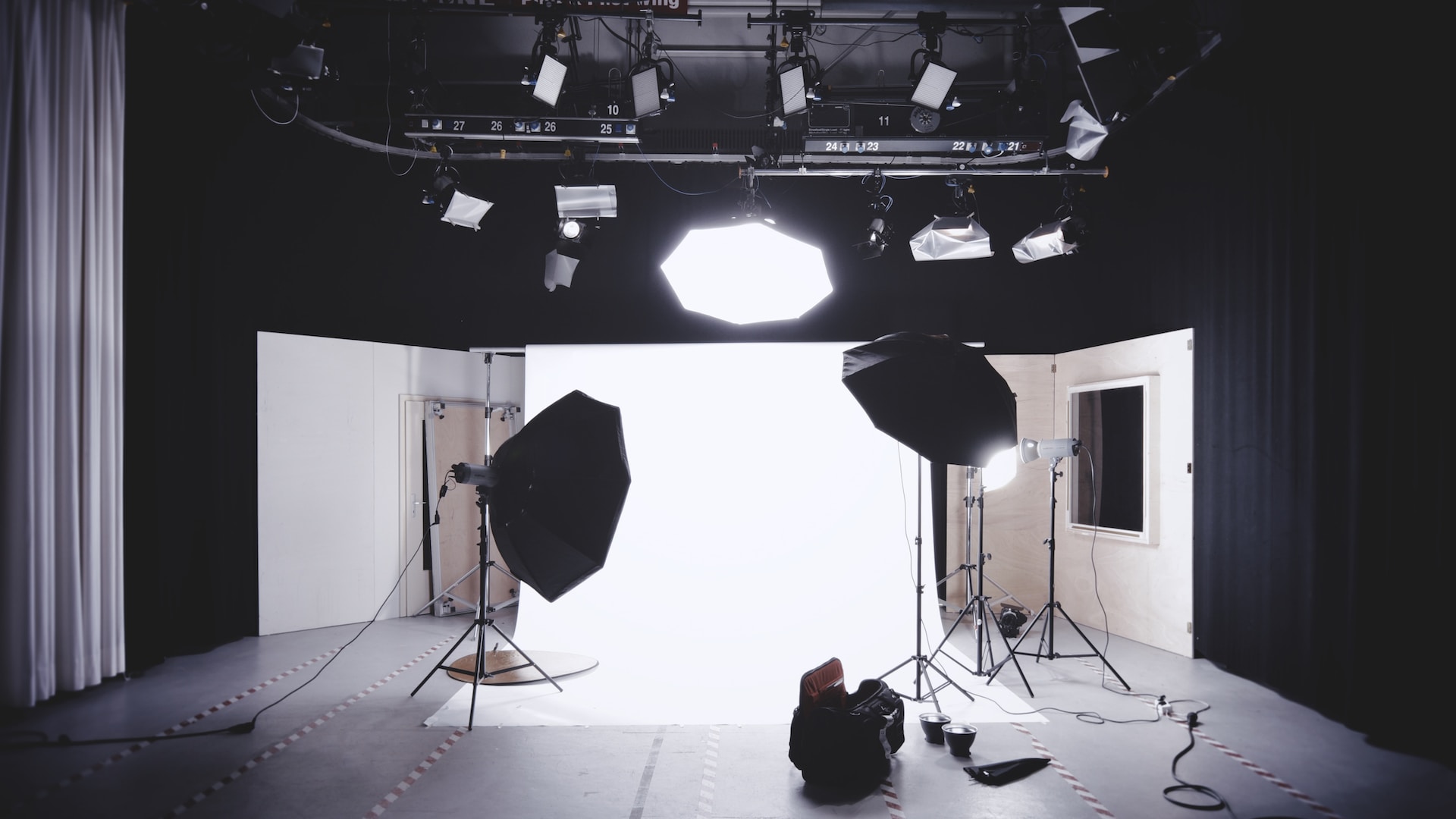
The advent of digital technology has revolutionized the field of photography in ways that were unimaginable a few decades ago.
This transformative journey has not only reshaped the techniques and tools used by photographers but has also altered the way we perceive and interact with images.
In this exploration, we delve into various facets of how digital technology has redefined photography, from the ease of capturing moments to the accessibility of high-quality images.
Enhanced Image Quality and Editing Capabilities
The digital era has brought about a monumental improvement in image quality. The resolution, color accuracy, and low-light performance of modern digital cameras have made them superior to their film counterparts in many aspects. The raw power of digital sensors allows for capturing images with incredible detail, which is especially beneficial in fields like astrophotography and macro photography.
Beyond capturing, digital technology has revolutionized the way we edit and process photos. Software provides photographers with an unparalleled level of control over their images. Adjustments that were once laborious and time-consuming in the darkroom can now be achieved with a few clicks. This ease of manipulation has not only made photo editing more accessible but has also opened up new avenues for creative expression.
Accessibility of Quality Images and Stock Photos
In today’s digital age, accessing high-quality images has become remarkably easy. One significant aspect of this accessibility is the availability of stock photos. Stock photography websites offer a vast repository of images that cater to virtually every need, from personal blogs to commercial advertisements.
These platforms have democratized access to professional-grade photography, allowing even small businesses and independent creators to elevate their visual content.
A key aspect of this revolution is the emergence of services offering free stock photos for commercial use. This development has removed financial barriers for many, enabling a wider range of users to access quality imagery without the cost typically associated with professional photography. These freely available resources are particularly beneficial for startups and non-profits, allowing them to compete visually at a higher level without straining their budgets.
The Impact of Social Media on Photography
Social media has had a profound impact on photography, changing not just how we share images but also influencing photographic styles and trends. Platforms like Instagram have given rise to a new generation of photographers, for whom these networks serve as a primary showcase for their work.
The instant feedback and global reach provided by social media platforms have also created a more dynamic and interactive photography culture.
Moreover, social media has led to the popularization of certain styles and aesthetics. Trends like the ‘Instagram look’—characterized by vibrant colors, dramatic filters, and meticulous composition—have become synonymous with digital photography in the social media era.
This has led to a homogenization of sorts in photographic styles, but it has also empowered amateur photographers to achieve professional-level results with minimal equipment.
The Rise of Smartphone Photography
The smartphone revolution has had a significant impact on photography. With high-quality cameras now a standard feature in smartphones, photography has become more accessible than ever. The convenience of always having a camera in your pocket has encouraged more people to engage with photography, capturing and sharing moments spontaneously.
Smartphone photography has its own set of advantages and challenges. While they may not match the quality of professional DSLR or mirrorless cameras, smartphones excel in their ease of use, connectivity, and vast array of apps designed for photo editing and sharing. This democratization of photography has led to a surge in visual creativity and has allowed a broader range of perspectives to be shared and seen.
The Role of AI and Computational Photography
Artificial Intelligence (AI) and computational photography are the frontiers of the digital photography revolution. AI-driven features like face detection, scene recognition, and even post-processing are becoming commonplace in modern cameras and smartphones. These technologies not only assist in capturing better images but also open up new possibilities in how we approach photography.
Computational photography, which involves using advanced algorithms to enhance or create images, is particularly groundbreaking. Techniques like HDR imaging, bokeh effects, and low-light enhancements are changing the expectations of what cameras can achieve.
This fusion of photography and technology is blurring the lines between reality and digital enhancement, leading to both excitement and ethical debates in the photography community.
The Evolution of Photographic Equipment
The digital era has ushered in a significant evolution in photographic equipment. Gone are the days of bulky film cameras and the limitations of film rolls. Today’s digital cameras, ranging from compact point-and-shoots to advanced DSLRs and mirrorless systems, offer a level of versatility and functionality that was previously unattainable. This evolution is marked by several key advancements.
Firstly, the miniaturization of camera components has led to the development of powerful yet portable devices. Modern cameras are equipped with advanced sensors capable of capturing high-resolution images with excellent dynamic range and color fidelity.
Additionally, features like optical and digital zoom, image stabilization, and autofocus systems have greatly enhanced the user experience, making it easier to capture sharp and detailed photographs.
Another notable advancement is the integration of digital technology in lenses. Modern lenses are not just about optics; they now include electronic elements that communicate with the camera body, enabling features such as automatic aperture control and image stabilization.
This synergy between the camera body and lens has opened up new possibilities in terms of image quality and creative control.
Conclusion
Digital technology has fundamentally altered the landscape of photography. From the way we capture images to how we share and consume them, the influence of digital advancements is pervasive and profound.
As technology continues to evolve, so too will the art and science of photography, promising new creative possibilities and challenges. In this ever-changing digital age, photography remains a dynamic and exciting field, continually reshaping our visual world and the ways we interact with it.









